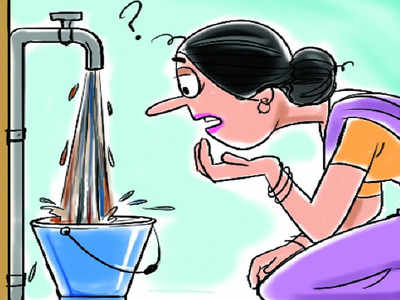The Hindu 23.05.2013
KWA scouting for new sources of water
Continuing drought situation in the capital city.
A continuing drought, rain gods who seem to be on a long
holiday, and fast depleting water levels in the Peppara reservoir have
prompted the Kerala Water Authority (KWA) to start scouting for new
water sources to meet the capital city’s requirements.
From
the water level of 95.7 metres in June 2012, which itself was an
all-time seasonal low, against the total capacity of 104.5 m, the levels
in Peppara plummeted to 92.7 m as on Tuesday. Combined with the water
in the Aruvikkara reservoir, this is likely to suffice for a supply of
about 25 days. Though the KWA believes, or rather, hopes, that it could
rain in between and save the day for them, Managing Director Ashok Kumar
Singh has already sent his men out to look for new and alternative
sources of water.
While one idea the KWA is toying
with is the installation of hand pumps or bore wells in residential
areas, after one residents’ association came up with the idea of having
one such pump or well for every 10 houses. Another option is to check
out how the Vamanapuram river and other waterbodies in that region can
be used to tackle emergency situations in Thiruvananthapuram.
While
this does not mean that the long-pending Vamanapuram Irrigation Project
might get a fresh lease of life, the possibilities of having a check
dam constructed to draw water from the river are being examined.
“As
of now, the river is underutilised with water being taken only for the
Varkala and Attingal water supply schemes. We are conducting studies to
see how the river can be used in emergency situations for requirements
of the capital city,” Mr. Singh said.
Meanwhile,
procedures to hand over contracts to set up seven desalination/reverse
osmosis plants on the Thiruvananthapuram coast are in the final stage.
The
sites identified for the plants are Veli, Pozhiyoor, the Muthalapozhi
Harbour site, Vettukad, Poovar, Anchuthengu, and Puthiyathura. The
plants, according to Mr. Singh, could become functional in two to three
months once the contracts were awarded. These could solve the water
crisis along the coastline to some extent.

